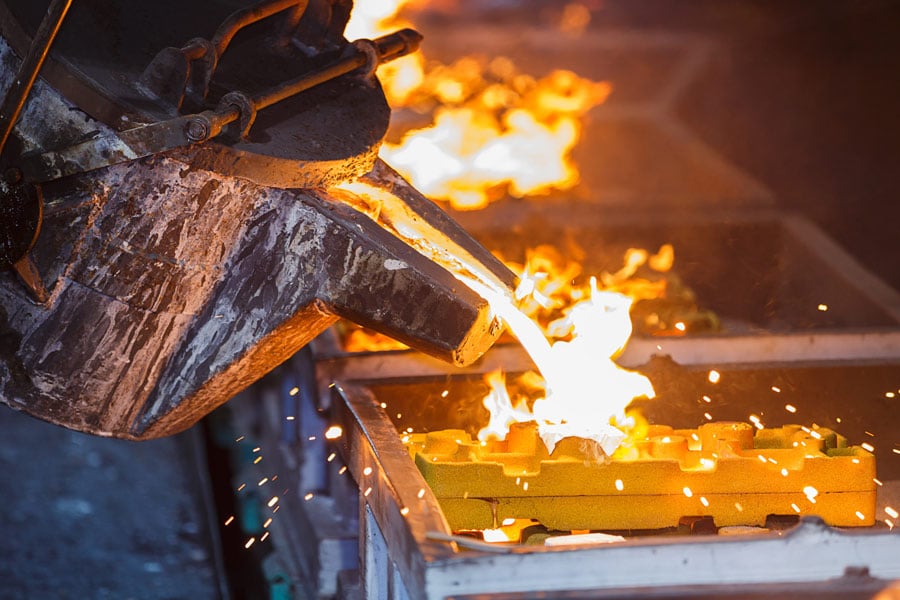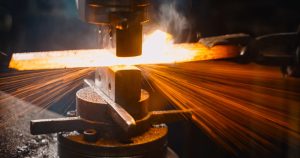Although traces of iron production can be traced as far back as antiquity, about 3,500 B.C. in the Middle East in such places such as Armenia and Syria, steel production as we know it today didn’t truly surface until the 1850s.
In actuality, steel is nothing more than the combined alloys of iron and carbon. However, through the years, steel became the second most mass-produced commodity after cement, and today it boasts of a robust production volume of over 750 million tons annually.
Steel Innovators
Having been initiated by Henry Bessemer of England, and taken to the next level by an American, William Kelly, a process that came to be known as the Bessemer Process was introduced. This particular process enabled steel production in larger quantities and relatively lower production costs than ever before.
Driven by mass demand for steel in the railway, shipping, building and later automobile manufacturing industries, the United States came to be known as the world’s top steel producer, in terms of steel production processes.
New Processes
Following the Bessemer Process, other more enriched and modernized processes prevailed culminating in Open-Hearth process of steel production in 1888. Through this process, industries could now produce steel out of domestic iron ores.
Steel Giants
Named after its namesake, Andrew Carnegie, the second richest man in history after John D. Rockefeller, the Carnegie Steel Company was initially created to help manage the business at the Carnegie steel mills in Pittsburgh, Pennsylvania around the late 19th century.
Eventually, Carnegie Steel became the largest manufacturer of pig iron and steel rails in the world with Carnegie virtually owning all steel production in the United States.
U.S. Steel Production Today
With China becoming an industrial leader in the 1980s, the U.S. began a slow descent as a leader in steel production. With India coming up fast behind China, there is no telling where this shift in steel production rankings will leave the U.S.




